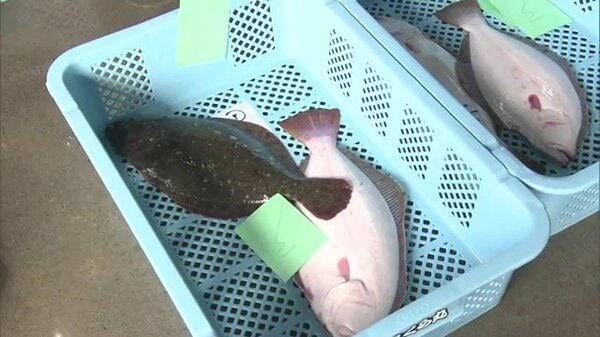
August 24 marks two years since treated wastewater from the Fukushima Daiichi nuclear plant began being released into the Pacific. In the fishing port of Onahama in Iwaki City, daily business looks calm, and concerns about the discharge have largely faded.
Local fish broker Yoji Inokoshi said that talk of the water has all but disappeared. “The government manages it properly, and I think it’s safe going forward,” he said. Fish markets in the city display fresh catches, and many consumers now say they trust the monitoring data.
Since the releases began in 2023, Tokyo Electric Power has discharged about 110,000 tons over 14 rounds, part of an effort to free up tank space for the long road to decommissioning. Japan plans to continue the process until around 2051.
Still, challenges remain. China and some other countries maintain import restrictions on Fukushima products. Local seafood sellers stress that “safety” and “peace of mind” are not the same—winning back consumer confidence takes time and personal connection.
Veteran fisherman Masahiro Iwatsuka voiced a deeper unease. “The fuel debris is still there. It’s like carrying a bomb on your back,” he said, adding that only a complete and safe decommissioning will put industry fears to rest.
by MagazineKey4532
